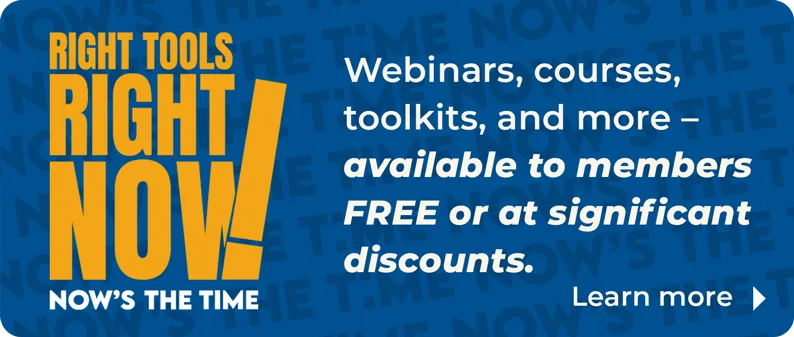At the national level, housing affordability faded in April compared to the previous month, according to NAR’s Housing Affordability Index. Compared to the prior month, the monthly mortgage payment increased by 5.7%, while the median price of single-family homes increased by 0.1%. The monthly mortgage payment increased by $119 from last month.
Compared to one year ago, affordability fell in April as the monthly mortgage payment climbed 12.9% and median family income rose by 5.0%. The effective 30-year fixed mortgage rate was 7.07% this March compared to 6.42% one year ago. Nationally, mortgage rates were up 65 basis points from one year ago (one percentage point equals 100 basis points). Mortgage rates moved above 7% for the first time since last year, November 2023. The median existing-home sales price rose 5.6% to $412,100 compared to one year ago ($390,200).



The national index is currently below 100, which means that the typical family cannot afford to buy based on the median-priced home. An index below 100 means that a family with a median income had less than the income required to afford a median-priced home. The income required to afford a mortgage, or the qualifying income is the income needed so that mortgage payments on a 30-year fixed mortgage loan with a 20% down payment account for 25% of family income.
The most affordable region was the Midwest, with an index value of 125.8 (median family income of $99,069 with a qualifying income of $78,720). The least affordable region remained the West, where the index was 65.3 (median family income of $110,962 and qualifying income of $164,928). The South was the second most affordable region with an index of 97.7 (median family income of $93,626 and qualifying income of $95,808). The Northeast was the second most unaffordable region with an index of 94.7 (median family income of $113,722 with a qualifying income of $120,144).
A mortgage is affordable if the mortgage payment (principal and interest) amounts to 25% or less of the family’s income.


Housing affordability declined in all four regions from a year ago. The Northeast region experienced the biggest decline of 10%, followed by the West, with a dip of 9.4%. The Midwest experienced a weakening in price growth of 7.4%, followed by the South, which fell 5.1%.
Affordability fell in all four regions from last month. The Northeast region had the biggest decline of 7.2%. The Midwest and the West both shared a decrease of 5.3%. The South region had a reduction of 4.0%.
Compared to one year ago, the monthly mortgage payment rose to $2,209 from $1,957, an increase of 12.9%, or $252. The annual mortgage payment as a percentage of income inclined to 26.1% this April from 24.3% compared to a year ago. Regionally, the West has the highest mortgage payment to income share at 37.2 of income. The Northeast had the second-highest share at 26.4%, followed by the South at 25.6%. The Midwest had the lowest mortgage payment as a percentage of income at 19.9%. Mortgage payments are not burdensome if they are no more than 25% of income.


This week, the Mortgage Bankers Association reported that mortgage applications increased 13.8% from one week prior and 15.6% from one week earlier. Higher mortgage rates are hiking up monthly mortgage payments. Qualifying incomes are climbing and outpacing median family incomes. Home price growth has continued to present challenges, pushing out potential home buyers. Lower rates will help relieve some of the pressure on family incomes.
The Housing Affordability Index calculation assumes a 20% down payment and a 25% qualifying ratio (principal and interest payment to income). See further details on the methodology and assumptions behind the calculation.









